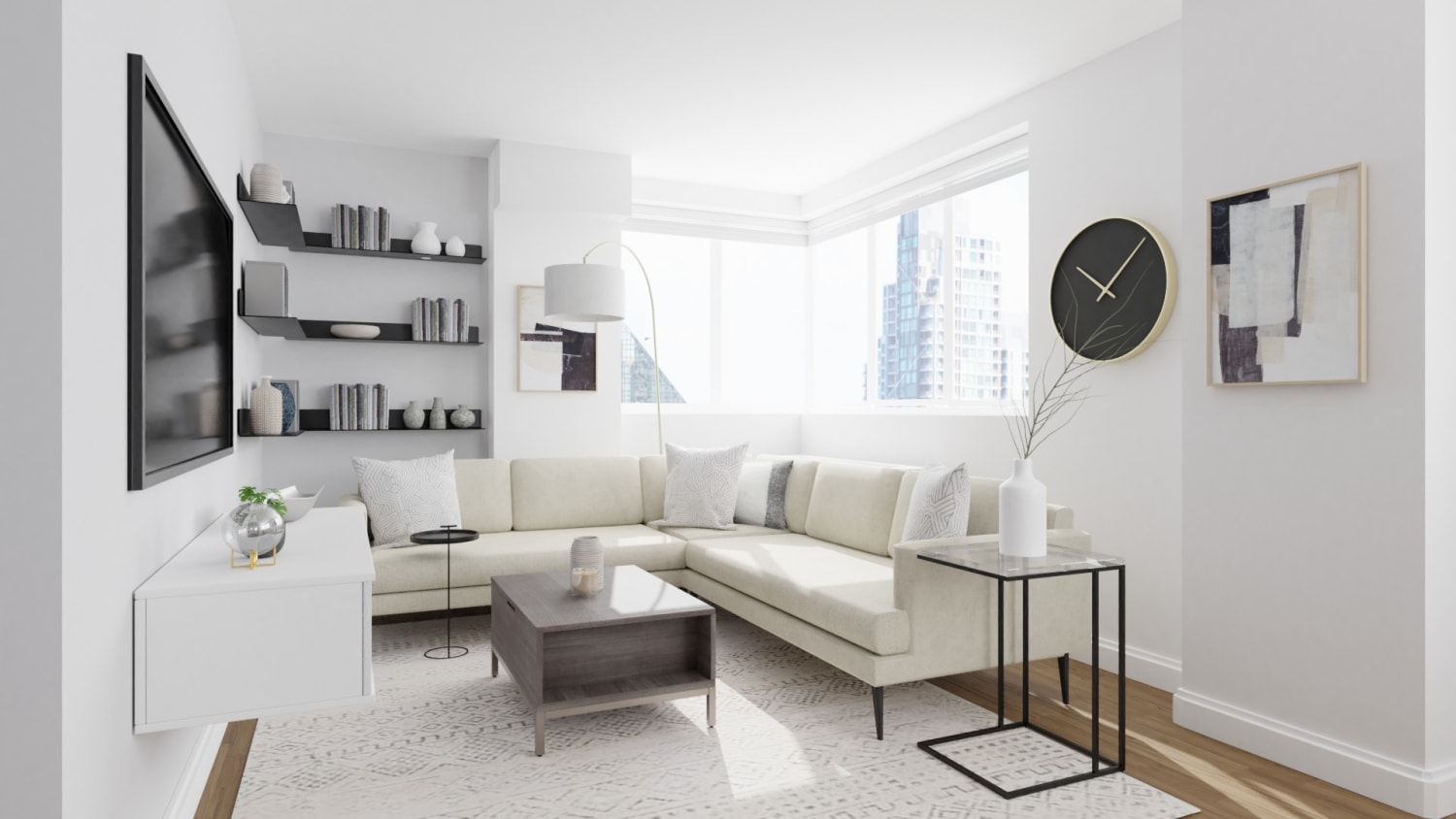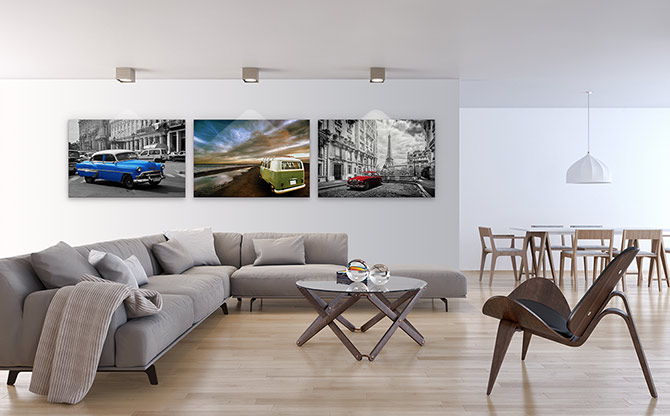‘Less is more’. Such a timeless sentiment. When architect Ludwig Miles van der Rohe adopted this now-iconic phraseology in the early twentieth century, he dazzled audiences with his daring, understated and functional structural designs. This style will soon be known as minimalism.
Cut to today, and the influence of minimalism is all around us — in art, philosophy, music and lifestyle. The darling of the interior design world, minimalism is beloved for its clean and simple lines, and its philosophy of intentionality, simplicity and purpose.
However, the stripped-back aesthetic is certainly not for everyone. For some, the minimalism movement is merely another fleeting interior design trend, doomed to join the other relics of Vogue Living — alongside edison bulbs, millennial pink and mason jar mania.
However, judging by its historical popularity, minimalism is one trend that is sure to endure the test of time. Why? In addition to its stylish and mindful appeal, it boasts the quality on everyone’s mind, mood board and search history — sustainability. Less is absolutely more now — it’s what the planet (not to mention our pursestrings) is in urgent need of.
Without further hesitation, here are four ways to embrace minimalistic interior design within your home.
Table of Contents
1. Create a Focal Point
A great way to establish visual balance in minimalistic design is to create a focal point — one of the most important aspects of interior design. While it is not always the centrepiece of a room, it is a feature that is immediately noticeable due to the design of the space. This method can breathe life into a stripped-back room and inject a healthy dose of balance, purpose and personality.
Every room has the potential for a singular focal point and the first step is simply to take a look at the space in question. Is there a fireplace, window bay, or an accent wall available? Alternatively, putting emphasis on movable focal points, such as a statement rug, sofa, or chandelier, can keep things fresh and intriguing.
When it comes to drawing attention, one large or visually striking piece of art may easily carry a whole room. Choose a piece of art with intention, and ensure that it offers value to you and your space. Keep the rest of your furnishings modest and consider framing your selected piece for added impact. As noted by the experts over at Soho Frames: “a picture frame can often be much more than a border, but part of the whole artwork.” The colour, material and structure of a frame are important factors to consider, as is the placement of a piece, to tie your space together.
2. Edit Your Interiors
An integral component of minimalism is having less, although as simple as decluttering sounds, there is far more to it than purging any and all belongings that do not spark joy. Marie Kondo, a professional organisation consultant (which apparently is a thing now), has been criticised for her regime, the KonMari method. One writer defines it as: “a one-size-fits-all process that has a way of homogenising homes and erasing traces of personality or quirkiness.”
Minimalism is not a competition of who has less, but a philosophy that allows you to identify what is important to you. To mindfully edit your interiors, you may wish to follow the one-in-one-out approach which is as simple as it is effective. Another method is to make note of things — be it furnishings, clothes or accessories — that you have not used, appreciated or valued in the last year and look to rehome them. However, there’s no rush — it’s perfectly okay to off start slow when letting go of household possessions.
3. Balance Design and Function
When considering furniture, the first thing to look at is functionality — what will an item add, achieve or enhance? Acting in a similar fashion to a focal point, furniture should anchor a room and leave plenty of negative space to provide a clean and peaceful aesthetic.
Minimalistic homes restrict furnishings to the bare essentials, favouring furniture that is functional and streamlined, with no broken lines. with elegant sofas, crisp countertops and functional fittings. “Dual purpose is the name of the game, with concealed storage forming a key facet of the design process,” designer Stephenson Wright explains. “An uncluttered space is known to enhance health and happiness. It prompts you to appreciate the simplicity and clean beauty of your surroundings, emphasising more what is there rather than what is not.
4. Incorporate A Touch Of Scandinavian Design
Minimalism is ingrained into the innate DNA of Scandinavia, where natural wood, neutral colours and clear surface spaces are essential. This ethos, combined with a touch of the Danish philosophy of hygge — can allow for raw and minimalistic interior design. Hygge encapsulates cosiness by “creating a warm atmosphere and enjoying the good things in life with good people.”
However, there’s a thin line between embracing negative space and removing a home of its comfort and accessories — leaving it with all the warmth and personality of a “cold and scary” Kardashian mansion. To stop your spaces from feeling sterile, take inspiration from Scandi design principles and accent with deliberate personal touches — such as homely photographs and soft furnishings.











